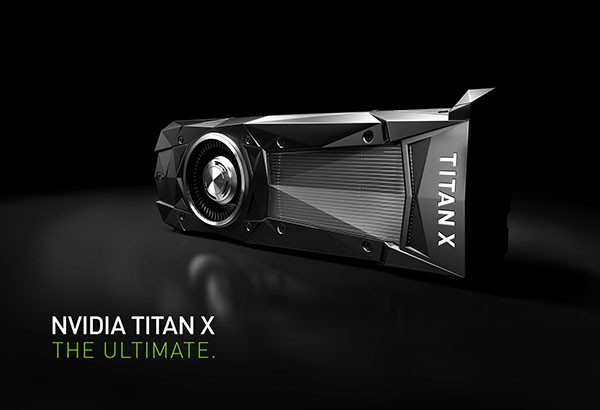After announcing the Titan X on July 21, Nvidia has finally fulfilled its promise of launching an impressive graphics card that is both exceptionally fast and pocket-friendly. Apparently, the new card is faster than the legendary GeForce GTX 1080 and cheaper than the Maxwell-based 12GB Quadro M6000.
Even though its $1200 price tag may not sound reasonable to many gamers, the Titan X is incredibly cheaper compared to the Quadro M6000, which costs about $3300 on Amazon and, which also bears an even lesser performance. The price-performance combination is, therefore, expected to make the Titan X a selling hotcake in the world of graphics, Forbes reported.
But the company is not marketing the card primarily as a gaming card and, neither is it for pushing pixels. Rather, Nvidia is selling the Titan X specifically for "deep AI and pro-vis learning." It can be noted that it did not come with the GTX designator, although it still has "GTX GEFORCE" emblazoned on its side.
According to PC Gamer, the Titan X is not an ordinary graphics card as gamers would expect. This is because it goes past the performance ratings of previous high-end graphics cards to offer a whopping 11 TFLOPS of speed. That is three TFLOPS ahead of the GTX 1080 and 4.5 ahead of GTX 1070.
What is more, the card houses a bigger-than-usual number of compute units, comprising of 3,584 CUDA cores and 12GB of GDDR5X memory. Just like its GeForce GTX cousins, it runs on the exceptionally powerful and efficient Pascal architecture. Similarly, it also utilizes 250W of power through an 8-pin and 6-pin connector just like the Maxwell Titan X.
In comparison, the new Titan X offers 500 more CUDA cores than the Maxwell model and 1,024 than the GTX 1080. It also prioritizes memory bandwidth to provide a 384-bit wide bus with a capability of 480GB/sec.
This is a leap ahead when considering GTX 1080's 256-bit wide bus and 320GB/sec throughput. However, the Titan lags behind when it comes to the system clock as it runs at a base of 1417MHz and its boost at 1531MHz, against GTX 1080's base clock of 1607MHz and a boost of 1733MHz.
Apparently, Nvidia Titan X is not made for an everyday gamer, and this owes to its hefty price tag. However, considering its performance capabilities, it will revolutionize the world of gaming and graphics.
Watch Nvidia Titan X's review:



























